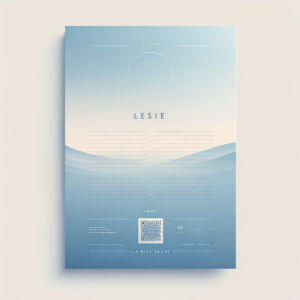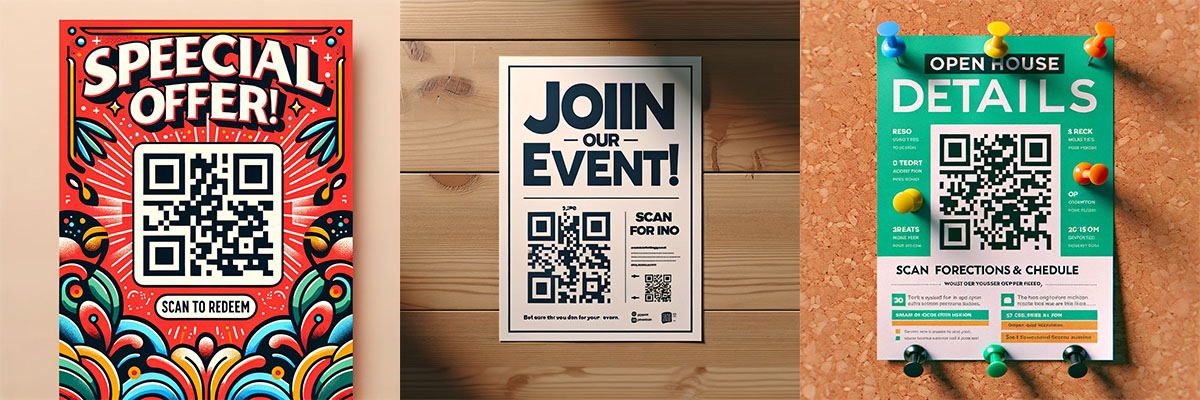QR codes have revolutionized the way businesses interact with their customers. By embedding a wealth of information within a simple code, they offer a bridge between the physical and digital worlds. Especially for flyers, a QR code can be the difference between a potential customer tossing the flyer aside and one who quickly scans the code to engage further with your business.
However, as with all things, there’s a right way and a wrong way to use QR codes on flyers. Ensuring you do it correctly can save you time, money, and embarrassment. Let’s explore some of the common mistakes businesses make and how to avoid them.
1. Not Testing the QR Code
One of the most glaring oversights is not testing the QR code before printing it on thousands of flyers. You might have the most visually appealing design, but if the QR code doesn’t work, it’s all for naught. Always test your QR code with multiple devices to ensure it’s scannable and leads to the intended destination.

2. Ignoring Size and Scalability
QR codes need to be of a certain size to be scannable. Too small, and phones might struggle to recognize them. On the flip side, excessively large QR codes can dominate your flyer and overshadow other crucial information. As a general rule of thumb, your QR code should be at least 2 x 2 cm. Remember, it’s not just about size but also clarity.

3. Forgetting About Aesthetics
While the functionality of the QR code is paramount, aesthetics matter too. Your QR code shouldn’t look out of place or disrupt the visual harmony of your flyer. It should seamlessly integrate with the design. This doesn’t mean you should overcomplicate things. Remember, simplicity often trumps complexity, especially when it comes to QR codes.
4. Overloading the QR Code
A common misconception is that the more information a QR code holds, the better. This isn’t always true. Overloading a QR code can make it dense and harder to scan. Prioritize what information is essential and direct your audience there.
5. Not Providing Context
Why should someone scan your QR code? This is a question you must answer on your flyer. Don’t just place a QR code and expect people to scan it out of curiosity. Provide a compelling reason, whether it’s an exclusive discount, a special piece of content, or a unique user experience.
6. Neglecting the Landing Page Experience
If your QR code directs users to a webpage, ensure that it’s mobile-optimized. The majority of QR code scans are done via mobile devices. A poor mobile experience can deter potential customers and defeat the purpose of the QR code.
7. Overlooking Longevity
If you’re using dynamic QR codes, be aware they can change or expire. Using a QR code that leads to a 404 error or irrelevant page is a surefire way to frustrate your audience. Always ensure that the content behind your QR code remains relevant and accessible.
8. Not Keeping Track
QR codes offer a fantastic opportunity to track user engagement. By not monitoring how many scans your QR code receives or where they’re coming from, you’re missing out on valuable data. Use this information to refine your strategies and improve your campaigns.
Final Words
Using QR codes on flyers can be a game-changer for businesses. They offer an immediate call to action and can greatly enhance user engagement. However, like any tool, they need to be used correctly. By avoiding the above mistakes and prioritizing both functionality and aesthetics, you can ensure your QR codes serve their intended purpose and resonate with your audience. Make sure you use a reliable and trustworthy QR code generator, it will be very costly and daunting to change a QR code once it is printed on your flyers.
